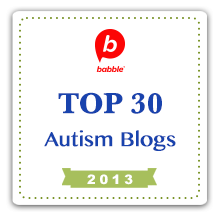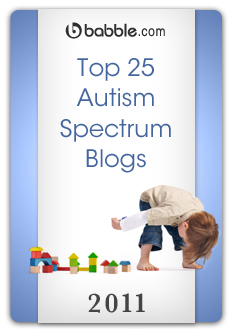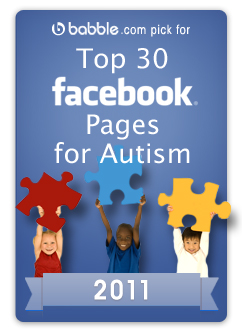 In my previous post I left off with a question pertaining to YOUR nonproductive responses towards your child’s challenging behaviors that leave you asking yourself, “Why in the world do I keep doing that?” Good question and it’s one that I’ve asked myself on more than one occassion.
In my previous post I left off with a question pertaining to YOUR nonproductive responses towards your child’s challenging behaviors that leave you asking yourself, “Why in the world do I keep doing that?” Good question and it’s one that I’ve asked myself on more than one occassion.
Answer: because according to the Choice Law you make the choices that you do because at some level (conscious or unconscious) the results work for you; there’s a payoff. Caution: be aware that you may have some blind spots to the impact of your payoff system (I did!).
You would think that rational, normal-thinking adults would not repeat behaviors that leave them feeling guilty, frustrated, and upset with themselves! However, if you’re like me I’ll bet that you could come up with a list of personal examples where you’ve done this:
- You eat when you know that you shouldn’t.
- You smoke when you really don’t want to smoke.
- You give in to demands when you know you should stand your ground.
- You lose your temper when it’s the last thing you wanted to do.
Let me repeat this: the Choice Law says that we choose our behaviors because we perceive (consciously or unconsciously) that they will serve a purpose…generate some level of value for us…no matter how illogical this sounds. I’ll bet that you have life-examples, perhaps the ones I listed above, that cause you to know that what I’m saying is true.
So how can you use this information to continue to strive to strengthen your relationships with your child rather than cause possible long-term damage to your relationship? Well, I’m not a psychologist so all that I can tell you is what has worked for me:
- Write out a list of the three most nonproductive responses towards your child that you tend to repeat. Be specific about what you do and/or say.
- Write down one to two sentences explaining why you find this nonproductive pattern negative.
- For each of the nonproductive responses listed above write down the perceived outcome or payoff that is maintaining the nonproductive response(s). This will be the hard part and might require a trusted friend to help you.
- Once you find your payoff for your nonproductive responses toward your care-receiver you need to establish a course of action for positive change. Here’s a cheatsheet for 29 ways to positive change: http://zenhabits.net/the-habit-change-cheatsheet-29-ways-to-successfully-ingrain-a-behavior/
The bottom line: at some level, our negative responses towards our children’s challenging behaviors are often shaped by the outcomes we think OUR behaviors will produce. People have a tendency to do what they perceive will work. Finding your payoff and plotting a course of personal change will help you to regain personal control and positively strengthen the relationship between you and your child on the spectrum!
As you know, sometimes the journey to self-discovery is not easy, in fact, it can be downright difficult. But it’s worth it because in the end you can look yourself in the mirror and know that you’ve done everything possible to be the best parent that you’ve been called to be.
Michael Woods (Founder of Relational Crisis Prevention)







